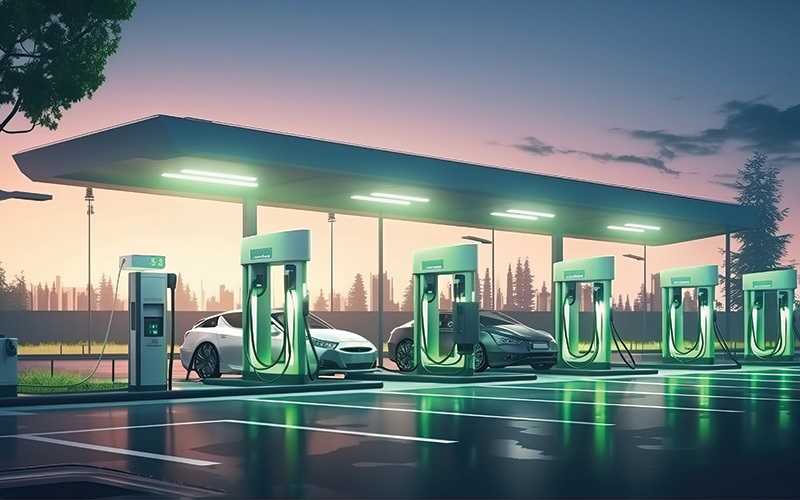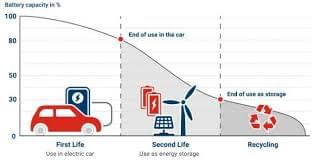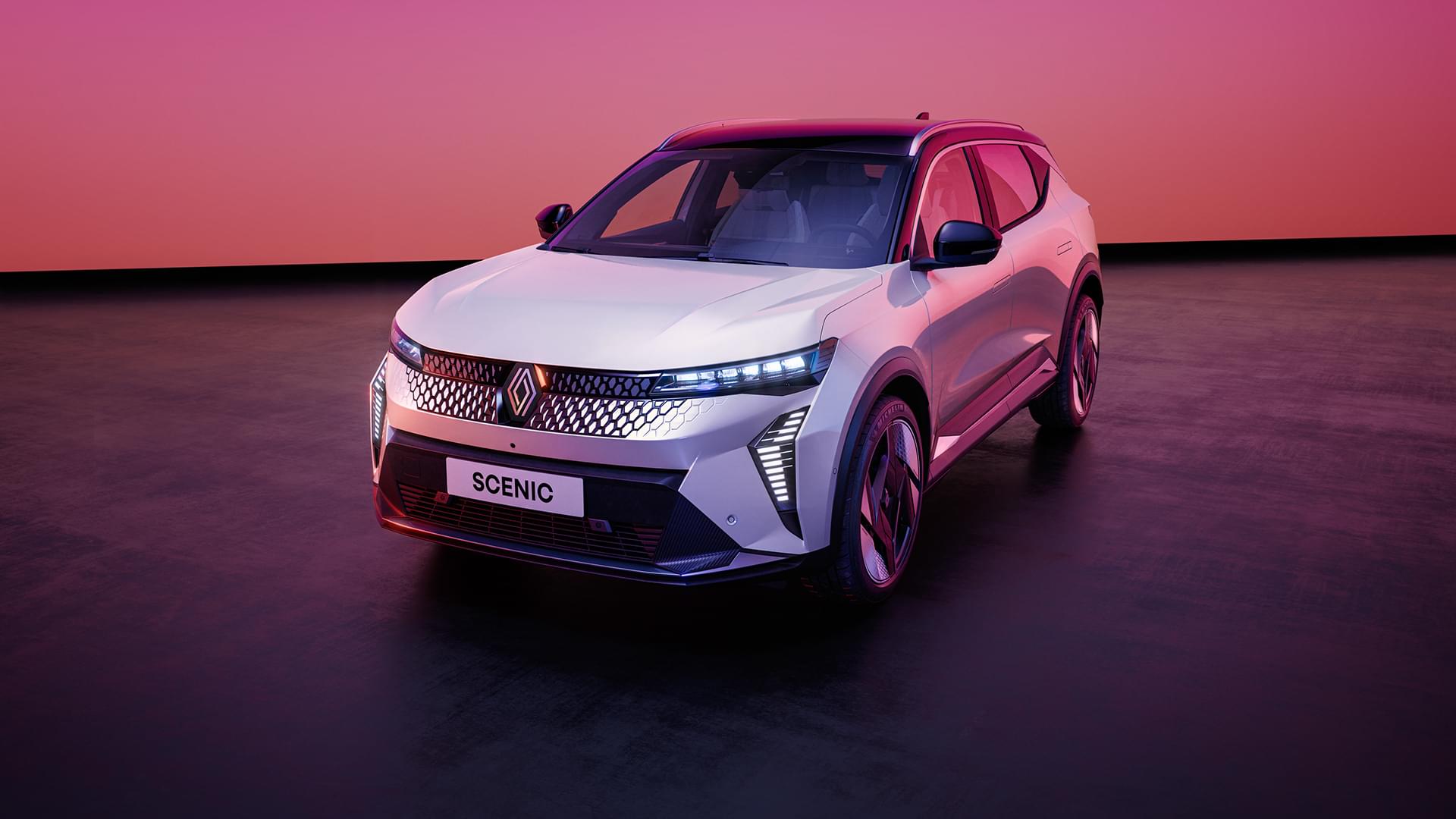The Evolution of EV Charging Infrastructure in Canada and the USA
wordpress-Default July 2, 2024 0 COMMENTS
Electric vehicles (EVs) have emerged as a promising solution to reduce greenhouse gas emissions and dependence on fossil fuels in both Canada and the USA. As the adoption of EVs continues to grow, one critical component of this transition is the development of robust EV charging infrastructure. This infrastructure not only supports the convenience and accessibility of EVs but also plays a pivotal role in shaping the future of transportation sustainability.
Understanding EV Charging Infrastructure
EV charging infrastructure refers to the network of charging stations that supply electricity to recharge EVs. These stations vary in speed and capability, catering to different types of EVs and charging needs:
- Level 1 Charging: Typically uses a standard 120-volt outlet and is suitable for overnight charging at home. It provides a range of about 2-5 miles per hour of charging.
- Level 2 Charging: Uses a 240-volt outlet, similar to what is used for large appliances like electric dryers. Level 2 chargers are found in homes, workplaces, and public charging stations, providing a range of about 10-60 miles per hour of charging.
- DC Fast Charging (DCFC): Also known as Level 3 charging, DCFC stations can charge EVs much faster, providing up to 200 miles of range in around 20-30 minutes. These stations are crucial for long-distance travel and are typically found along highways and major routes.
Current Landscape of EV Charging Infrastructure
Canada: In Canada, the development of EV charging infrastructure has been steadily progressing, supported by federal, provincial, and municipal initiatives. As of [current year], there are approximately [number] public charging stations across the country, with [percentage] of these being Level 2 chargers and [percentage] being DC fast chargers. Major cities like Toronto, Vancouver, and Montreal have dense networks of charging stations, catering to both urban and rural EV drivers.
USA: The United States boasts a vast and diverse EV charging network, with over [number] public charging stations spread across [number] states. The growth of charging infrastructure in the USA has been accelerated by federal grants, state incentives, and private investments. Cities such as Los Angeles, San Francisco, and New York City lead in EV adoption and infrastructure development, with an increasing focus on expanding networks in suburban and rural areas.
Key Players and Stakeholders
Government Initiatives: Both Canada and the USA have implemented policies and incentives to encourage the expansion of EV charging infrastructure. These include grants for charging station installations, tax incentives for businesses and individuals, and mandates for new construction to include EV charging provisions.
Utilities and Energy Companies: Many utilities and energy companies are actively involved in the deployment of EV charging infrastructure. They provide expertise in grid management, offer incentives for home charging installations, and collaborate with municipalities to develop charging networks.
Automakers and Private Sector: Automakers are investing in charging infrastructure to support their EV models. Companies like Tesla, with its Supercharger network, and other automakers partnering with charging network operators are expanding access to fast and convenient charging options.
Challenges and Solutions
Despite the progress, several challenges remain in the development of EV charging infrastructure:
- Range Anxiety: Concerns about the availability of charging stations and range limitations affect consumer confidence in adopting EVs for long-distance travel.
- Grid Capacity: Ensuring that the electricity grid can handle the increased demand from EV charging without compromising reliability or increasing costs.
- Equity and Accessibility: Ensuring that charging infrastructure is accessible to all communities, including rural and low-income areas, to promote equitable EV adoption.
To address these challenges, stakeholders are exploring innovative solutions:
- Technology Advancements: Development of faster-charging technologies and smart grid integration to optimize charging times and grid stability.
- Partnerships: Collaboration between public and private sectors to expand charging networks and ensure coverage in underserved areas.
- Policy Support: Continued government support through funding, regulations, and incentives to accelerate infrastructure development and EV adoption.
Future Outlook
The future of EV charging infrastructure in Canada and the USA looks promising with ongoing advancements and investments:
- Expansion: Plans are underway to significantly increase the number of charging stations, particularly DC fast chargers, to support the growing EV market.
- Integration with Renewable Energy: Increasing integration of renewable energy sources to power charging stations, further reducing carbon emissions associated with EVs.
- Innovation: Continued innovation in battery technology and charging infrastructure to enhance convenience and reduce costs for EV drivers.
EV charging infrastructure is a cornerstone of the transition to sustainable transportation in both Canada and the USA. With robust support from governments, utilities, automakers, and other stakeholders, the network of charging stations is expanding rapidly, making EVs a viable option for more drivers. As technology continues to evolve and investments grow, the future promises even greater accessibility, convenience, and environmental benefits for EV owners across North America.
In conclusion, the evolution of EV charging infrastructure is not only reshaping transportation but also paving the way towards a cleaner and more sustainable future for generations to come.








